Medicinal Treasures of the Rainforest: Plants that Heal
- August 22, 2024
- 0 comment
The rainforest, often referred to as the Earth’s lungs, is not only a vital component of our planet’s ecosystem but also a treasure trove of medicinal plants that have been used for centuries by indigenous peoples to treat various ailments. These lush, vibrant forests are home to a staggering diversity of plant species, many of which contain powerful compounds that can heal and promote health. From the bark of the cinchona tree, which gave us quinine—an essential treatment for malaria—to the rosy periwinkle, whose alkaloids are used in chemotherapy drugs, the rainforest offers an abundance of natural remedies.

These plants have been the basis for countless modern medicines, yet much of the rainforest’s botanical wealth remains untapped and under threat from deforestation. Preserving these ecosystems is crucial not just for maintaining biodiversity, but also for the potential medicinal discoveries that could benefit humanity in the future. As we continue to explore and understand the medicinal treasures of the rainforest, we recognize the importance of sustainable practices that protect this invaluable resource for generations to come.
Table of Content
- The Rich Biodiversity of Rainforest Plants
- Indigenous Knowledge and Traditional Medicine
- Notable Medicinal Plants and Their Uses
- The Process of Drug Discovery from Rainforest Plants
- The Threats to Rainforest Biodiversity
- Sustainable Practices for Rainforest Preservation
- Future Prospects: Unlocking the Full Potential of Rainforest Medicine
- FAQs
The Rich Biodiversity of Rainforest Plants
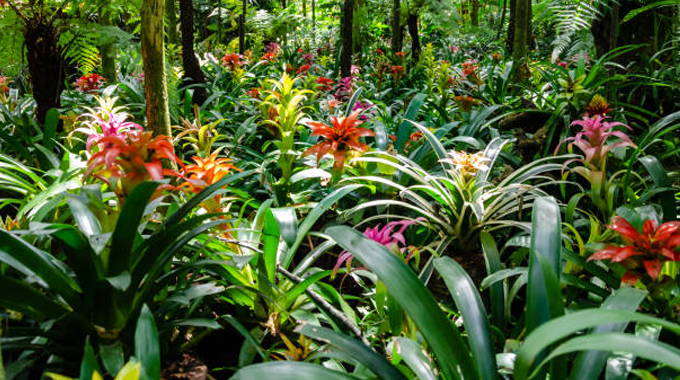
The rainforest, with its dense, green canopy and humid atmosphere, is a living library of medicinal plants, each holding secrets that have been passed down through generations. Home to more than half of the world’s plant species, these forests are a hotspot of biodiversity, fostering an unparalleled variety of flora. The unique environment of the rainforest—marked by its rich soil, warm climate, and ample rainfall—creates ideal conditions for the growth and evolution of these plants.
Among the thousands of plant species thriving in these ecosystems, many have been identified as sources of powerful medicinal compounds. The Amazon rainforest alone is estimated to house over 80,000 plant species, with countless others still undiscovered. Notable examples include the Cinchona tree, whose bark has been used to produce quinine, a treatment for malaria; and the rosy periwinkle, a small, unassuming flower that has provided essential alkaloids used in cancer treatments. These examples are just the tip of the iceberg, highlighting the immense potential of rainforest plants to contribute to modern medicine.
Indigenous Knowledge and Traditional Medicine
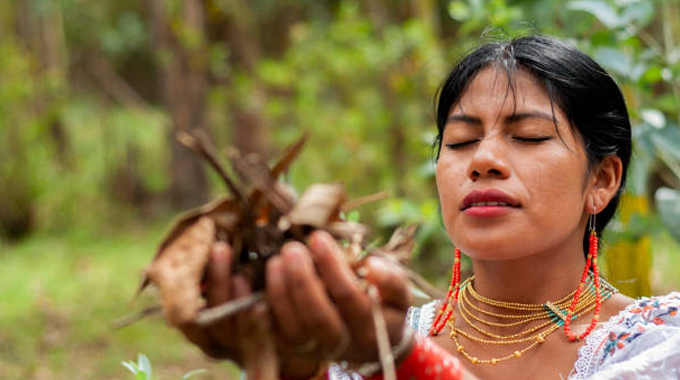
Long before modern science began to study these plants, indigenous communities living in the rainforests had already unlocked their medicinal properties. These communities, with their deep connection to the land, have used the plants around them to treat a wide range of ailments, from fevers to infections, and even spiritual afflictions. Their knowledge, accumulated over millennia, is a testament to the rainforest’s role as a natural pharmacy.
Traditional remedies often involve complex mixtures of plant extracts, prepared in ways that enhance their healing properties. For example, the use of Ayahuasca, a powerful brew made from the Banisteriopsis caapi vine and other plants, has been central to the spiritual and medicinal practices of indigenous tribes in the Amazon. This knowledge is not just about survival; it reflects a deep understanding of the plants’ properties and their interactions with the human body. Preserving this indigenous wisdom is crucial, as it provides insights that could lead to new medical breakthroughs while honoring the cultural heritage of these communities.
Notable Medicinal Plants and Their Uses

The rainforest is a wellspring of medicinal plants, each with unique properties that have been harnessed to treat various conditions. The Cinchona tree is perhaps one of the most famous, as its bark contains quinine, which has been used for centuries to treat malaria. This discovery revolutionized medicine and saved countless lives, demonstrating the profound impact of rainforest plants on global health.
Another significant plant is the rosy periwinkle, native to Madagascar’s rainforests, which has become invaluable in cancer treatment. Its alkaloids, vincristine and vinblastine, are used in chemotherapy to treat leukemia and Hodgkin’s disease, showcasing the life-saving potential hidden within rainforest flora.
Curare, a compound derived from several rainforest plants, was traditionally used by indigenous people as a poison for hunting. However, modern medicine has repurposed it as a muscle relaxant during surgeries, highlighting how traditional knowledge can inform contemporary practices.
Ayahuasca, a potent brew with psychoactive properties, is used in traditional Amazonian medicine for healing and spiritual guidance. While its use is controversial, ongoing research explores its potential benefits in treating mental health disorders, such as depression and PTSD.
Lastly, Lapacho (Pau d’Arco), derived from the inner bark of the Tabebuia tree, is known for its antifungal and anti-inflammatory properties. It has been used traditionally to treat infections and inflammatory conditions, with modern studies investigating its broader medicinal applications.
The Process of Drug Discovery from Rainforest Plants
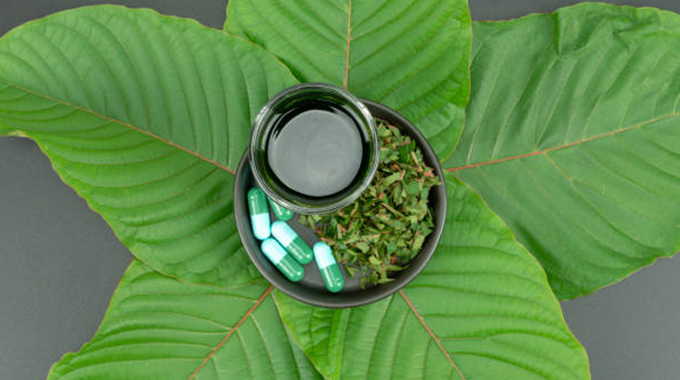
The journey from rainforest to pharmacy shelf is a long and complex process. Scientists first identify plants with potential medicinal properties, often guided by traditional knowledge. These plants are then subjected to rigorous testing to isolate and understand the active compounds responsible for their effects. This process involves years of research, including laboratory studies, clinical trials, and eventually, the development of pharmaceuticals.
One of the most famous examples of this process is the development of aspirin. The active ingredient, salicylic acid, was originally derived from the bark of willow trees—a plant used for centuries in traditional medicine. Similarly, the rosy periwinkle’s cancer-fighting compounds were identified and isolated through careful scientific research, leading to the development of effective chemotherapy drugs.
These success stories underscore the importance of preserving rainforest ecosystems and the knowledge of indigenous communities. However, the process is fraught with challenges, including ethical considerations around bioprospecting and the equitable sharing of benefits with the communities who have stewarded these plants for generations.
The Threats to Rainforest Biodiversity
Despite the incredible medicinal potential of rainforest plants, these ecosystems are under severe threat. Deforestation, driven by logging, agriculture, and urbanization, is rapidly destroying vast swaths of rainforest, leading to the loss of countless plant species, many of which have never been studied. Climate change exacerbates these threats, altering the delicate balance of rainforest ecosystems and putting even more pressure on these critical habitats.
The loss of rainforest biodiversity is not just an environmental issue; it is a human health crisis. Every plant species that disappears represents a potential cure lost—a medicine that could have saved lives but is now gone forever. The urgency of conservation efforts cannot be overstated, as protecting these ecosystems is essential for safeguarding the medicinal treasures they hold.
Sustainable Practices for Rainforest Preservation
To preserve the rainforest’s medicinal wealth, sustainable practices must be implemented. This includes responsible harvesting of medicinal plants, ensuring that their populations are not depleted beyond recovery. Conservation programs play a crucial role in protecting rainforest biodiversity, promoting reforestation, and restoring degraded lands.
Ethical considerations are also paramount in the field of bioprospecting—the search for new medicinal compounds in nature. It is essential that benefits derived from these plants are shared with the indigenous communities who have cultivated and protected them. This includes respecting their traditional knowledge and ensuring that they are fairly compensated for their contributions.
Future Prospects: Unlocking the Full Potential of Rainforest Medicine
The future of rainforest medicine is filled with promise. Ongoing research continues to explore the vast potential of these ecosystems, with new plants and compounds being discovered regularly. As technology and biotechnology advance, the process of drug discovery is becoming faster and more efficient, unlocking new treatments for emerging diseases and conditions.
The potential for new medicinal discoveries is immense, particularly as we face global health challenges such as antibiotic resistance and pandemics. The rainforest, with its unparalleled biodiversity, holds the key to many of these challenges. However, unlocking this potential requires a commitment to conservation, sustainable practices, and the protection of indigenous knowledge.
Frequently Asked Question (FAQs)
1. What makes the rainforest a valuable source of medicinal plants?
The rainforest is home to a vast array of plant species, many of which contain unique compounds that have been used for centuries in traditional medicine. The rich biodiversity and unique environmental conditions of the rainforest foster the growth of plants with powerful medicinal properties, many of which are used in modern pharmaceuticals.
2. How do indigenous communities use medicinal plants from the rainforest?
Indigenous communities have a deep knowledge of the plants in their environment and have used them for generations to treat a wide range of ailments. They prepare these plants in various forms, such as teas, poultices, and tinctures, based on their understanding of each plant’s healing properties.
3. What are some well-known medicinal plants from the rainforest?
Notable examples include the Cinchona tree, which is the source of quinine used to treat malaria; the rosy periwinkle, whose compounds are used in cancer treatment; and Lapacho (Pau d’Arco), known for its antifungal and anti-inflammatory properties. Other plants like Curare and Ayahuasca are also significant for their medicinal uses.
4. How are new medicines discovered from rainforest plants?
Scientists often begin by studying plants traditionally used by indigenous communities. They then isolate and test the active compounds to understand their effects. This process involves extensive research, including laboratory studies and clinical trials, to develop safe and effective pharmaceuticals.
5. What are the biggest threats to medicinal plants in the rainforest?
Deforestation and climate change are the primary threats to rainforest biodiversity. The destruction of these ecosystems leads to the loss of plant species, many of which have not yet been studied for their medicinal potential. This not only impacts the environment but also the potential for discovering new medicines.
6. How can we protect the medicinal resources of the rainforest?
Sustainable harvesting practices, conservation programs, and reforestation efforts are crucial for protecting rainforest biodiversity. Additionally, ethical bioprospecting—ensuring that benefits from medicinal plant discoveries are shared with indigenous communities—is essential for preserving both the plants and the knowledge associated with them.
7. What is the future of drug discovery from rainforest plants?
The future is promising, with ongoing research and technological advancements accelerating the discovery of new medicinal compounds. However, the success of these efforts depends on the conservation of rainforest ecosystems and the protection of the indigenous knowledge that guides these discoveries.
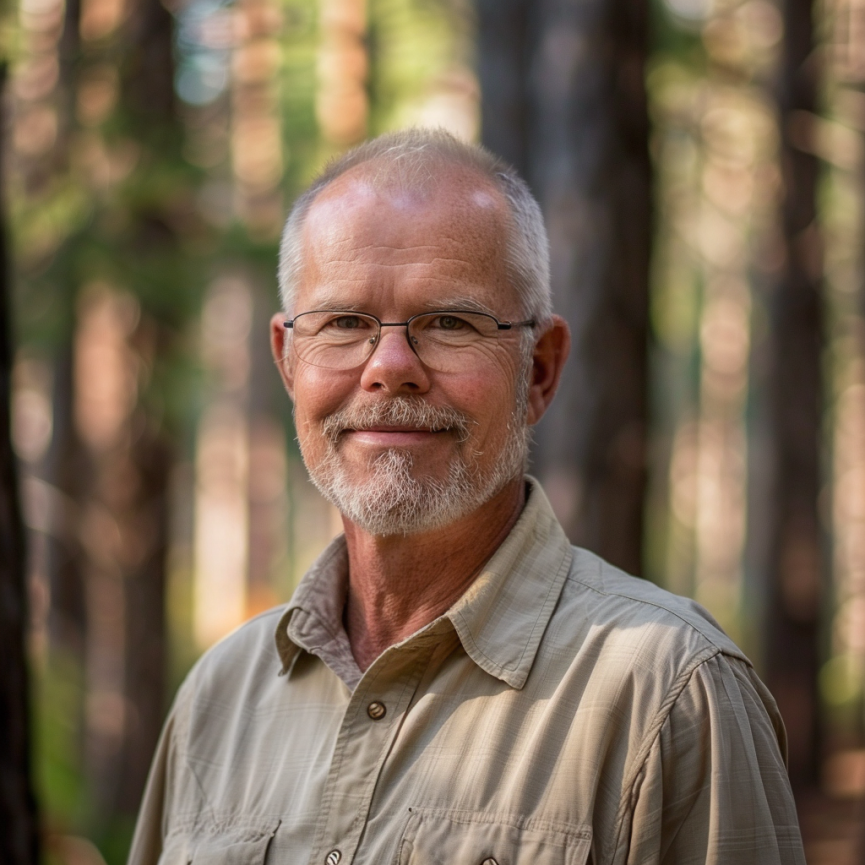
Gilbert Griffin
Forestry AuthorGilbert Griffin is a forest management expert specializing in sustainable practices, forest health, conservation, and land management. With extensive knowledge in pest control, disease management, and habitat restoration, Gilbert develops strategies to preserve forest ecosystems and biodiversity. Passionate about the natural world, Gilbert adapts to changes in forest management and stays updated through continuous learning. Gilbert also provides seasonal advice to optimize forest care throughout the year.

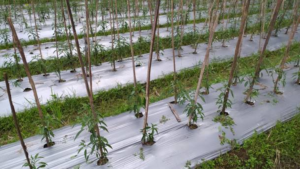
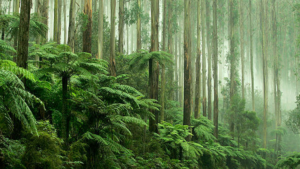

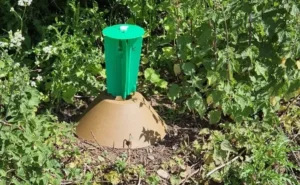

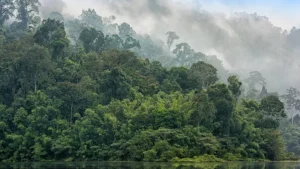

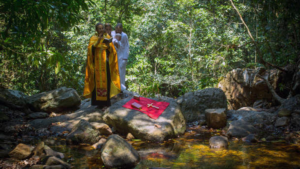
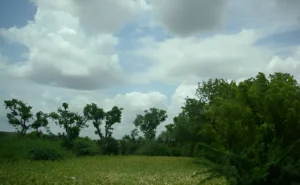
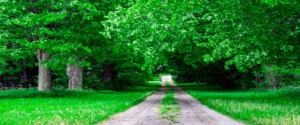
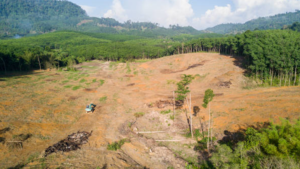
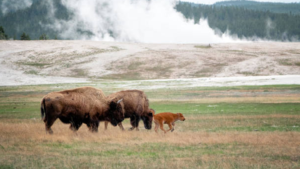
Leave your comment